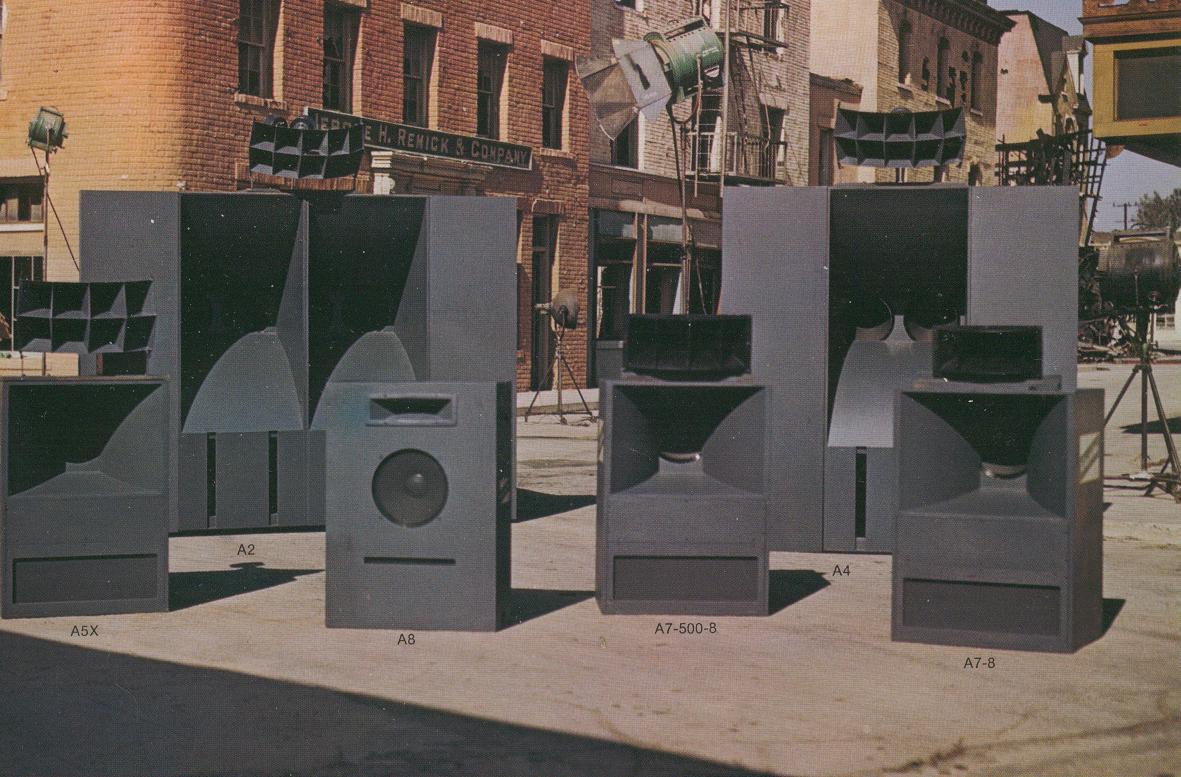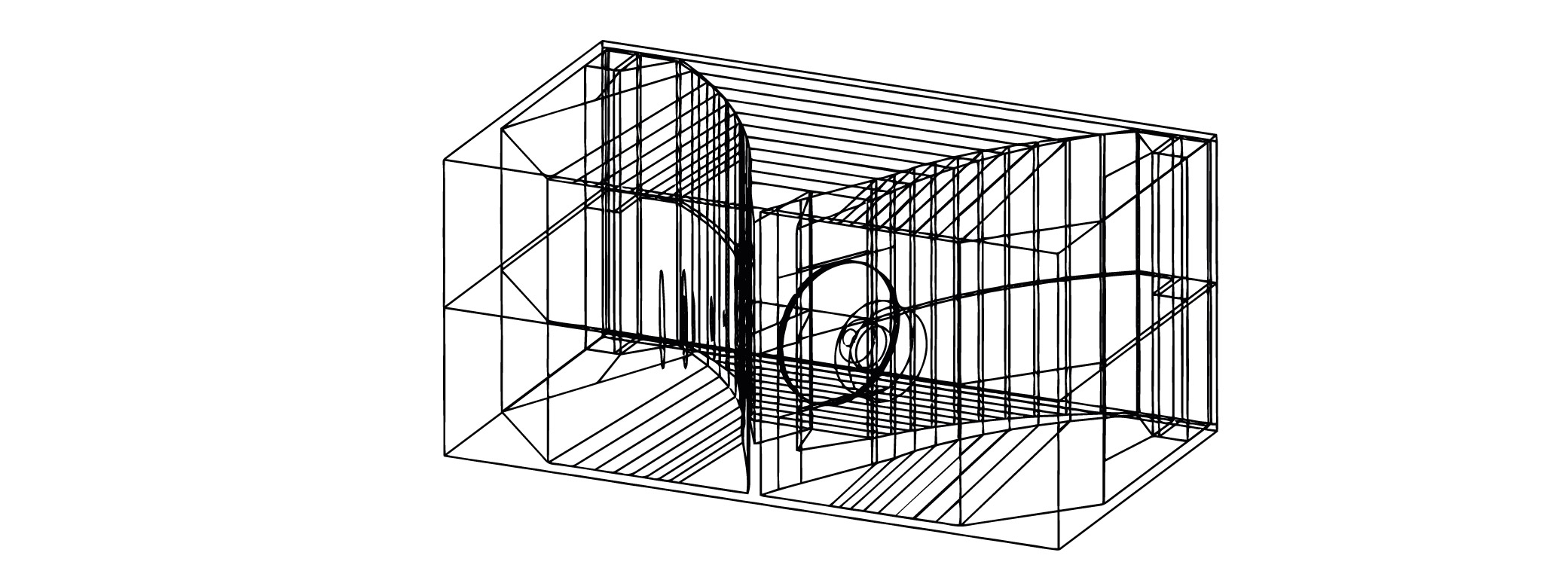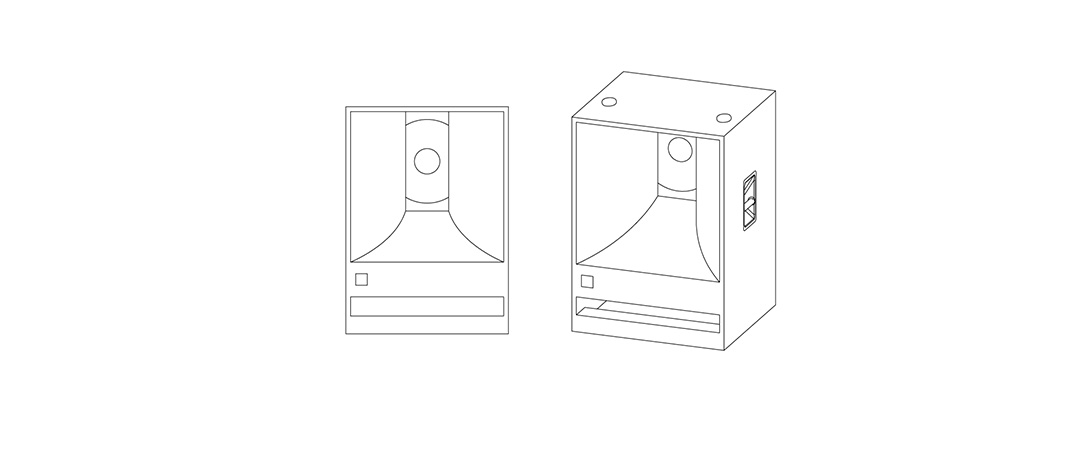Horns are found everywhere in nature: they are the ultimate and most effective principle of natural amplification.
They are acoustic tubes with variable cross-sections that modify the behavior of a sound source and amplify it passively.
By resisting the movement of the diaphragm, the horn creates a transition between the high impedance of the loudspeaker and the very low impedance of the surrounding air. This leads to better energy transfer—this principle, known as acoustic impedance matching, is what enables a higher sound level!
Horns can be conical, exponential, or combine several profiles to achieve the desired properties.

A bit of vocabulary: the transducer is connected to the horn via a compression chamber. One end is called the throat, and the sound radiates out through the mouth...
This phenomenon also occurs naturally in our daily lives: the outer ear acts as a horn to collect incoming sounds. The human throat and mouth themselves are variable-geometry horns!
Horn usage is widespread in wind instruments—trumpet-like instruments dating back to 4000 BC have been found in China—and developed in the 19th century for sound recording and reproduction. Invented by the Frenchman Édouard-Léon Scott de Martinville in 1857, the Phonautograph was the first sound recording device—and yes, it used a horn! Then came Thomas Edison in 1877 with the Phonograph, followed by the famous disc-based Gramophone...

Disc Gramophone, the true ancestor of the PikiPbooth ;)
Throughout the 20th century, horn use expanded in professional sound systems. Engineers managed to achieve wide sound coverage even with the limited amplification power of the time. In the 1950s, cinemas and theaters saw the arrival of the Voice of the Theatre series by Altec Lansing—composed entirely of horn-loaded speakers.

The Voice of the Theatre – VOTT – is our biggest inspiration, and our Voice of the Sun – VOS – is a tribute to it.
PikiP now uses this principle to reduce the energy consumption of its systems. A gain of 10 dB SPL means dividing power consumption by 10! Moreover, the horn limits diaphragm movement, reducing distortion and increasing the lifespan of the transducer (speaker or compression driver).

Finally, horns are often used to control directivity—concentrating sound energy toward a specific area. This avoids noise pollution for neighbors and ensures a consistent listening experience for the audience. These are called constant directivity horns. PikiP also uses this technology in the mid and high frequencies.

And the sound?
For music lovers (of all genders), horns are pure gold! Properly designed and built, they deliver dynamics, clarity, and fidelity: the crack of a snare drum, the warm resonance of a saxophone, the sparkle of a xylophone, the brush of lips against a microphone, or the sound of fingers sliding across guitar strings—it’s all there.
With horns, listening becomes sensational!

DISCOVER OUR SOLUTIONS USING HORNS:
PikiPbooth >
PikiPstage >










